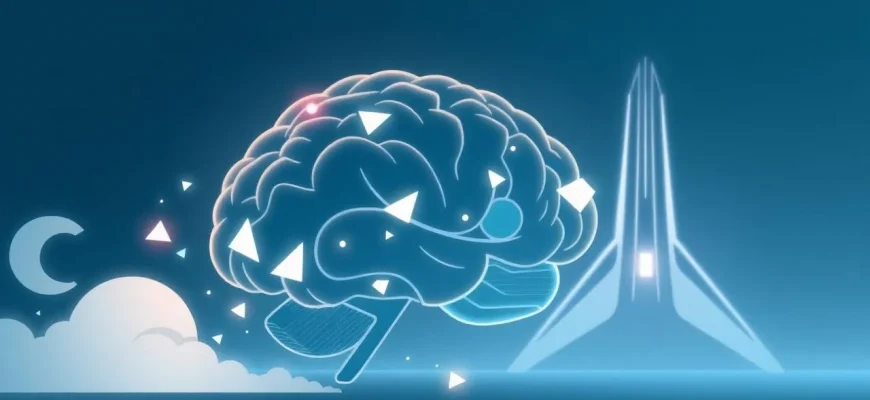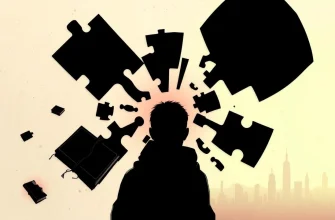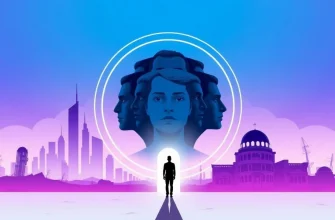Embark on a cinematic journey through time and space with our curated list of 10 science fiction films centered around the theme of memory recovery. These films not only entertain but also delve into profound questions about identity, reality, and the essence of human experience. Whether you're fascinated by the intricacies of the human mind or simply love a good plot twist, this collection promises to captivate and challenge your perceptions.
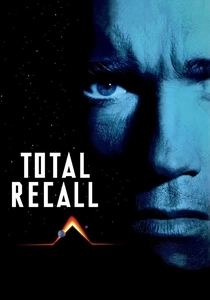
Total Recall (1990)
Description: Douglas Quaid, a construction worker, discovers that his memories are not his own, leading him on a quest to Mars to uncover his true identity.
Fact: The film was based on Philip K. Dick's short story "We Can Remember It for You Wholesale." The special effects, especially the scene where Quaid removes a tracking device from his nose, were groundbreaking for their time.
 Watch Now
Watch Now 
Dark City (1998)
Description: John Murdoch wakes up with no memory, only to discover he's being hunted by mysterious beings who can alter reality. His quest for identity unravels a city-wide conspiracy.
Fact: The film's visual style was heavily influenced by German Expressionism, particularly the film "Metropolis." It was also one of the first films to use extensive digital set extensions.
 Watch Now
Watch Now 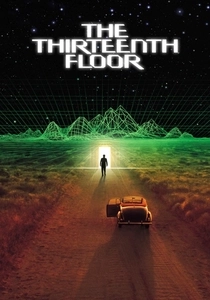
The Thirteenth Floor (1999)
Description: Douglas Hall discovers that his reality is actually a computer simulation, and he must navigate through different layers of reality to find the truth.
Fact: The film explores themes similar to "The Matrix," released the same year, but focuses more on virtual reality and memory manipulation.
 Watch Now
Watch Now 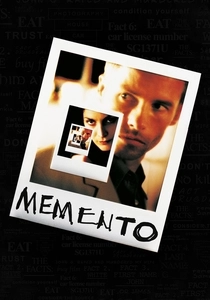
Memento (2000)
Description: Leonard Shelby, suffering from short-term memory loss, uses notes, tattoos, and Polaroids to track down his wife's murderer, creating a narrative that unfolds in reverse.
Fact: The film was shot in two sequences: one in color, moving backward in time, and one in black and white, moving forward. It was inspired by a short story by Jonathan Nolan, Christopher Nolan's brother.
 Watch Now
Watch Now 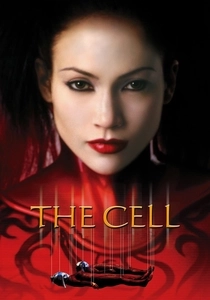
The Cell (2000)
Description: A psychologist enters the mind of a comatose serial killer to find his latest victim, navigating through his memories and subconscious.
Fact: The film's surreal visuals were inspired by artists like H.R. Giger and Salvador Dalí. It was one of the first films to use extensive CGI to create dream-like sequences.
 Watch Now
Watch Now 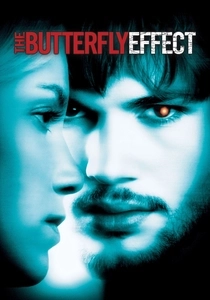
The Butterfly Effect (2004)
Description: Evan Treborn can travel back in time to his childhood memories, changing the present by altering the past, but each change has unforeseen consequences.
Fact: The film had multiple endings, with the director's cut featuring a darker conclusion. The title refers to the chaos theory concept where small changes can have large effects.
 Watch Now
Watch Now 
Eternal Sunshine of the Spotless Mind (2004)
Description: After a painful breakup, Joel undergoes a procedure to erase memories of his ex-girlfriend, Clementine, only to realize he wants to keep them.
Fact: The film was shot in reverse order to help the actors portray the emotional journey of their characters. It was inspired by a short story by Charlie Kaufman.
 Watch Now
Watch Now 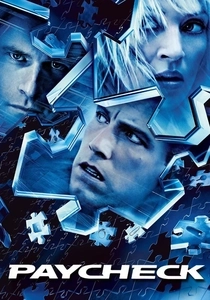
Paycheck (2003)
Description: Michael Jennings, an engineer, wakes up to find he's been paid with seemingly random items instead of money, leading him to piece together his lost memories to uncover a corporate conspiracy.
Fact: The film is based on a Philip K. Dick story, like "Total Recall." The plot involves a machine that can erase and manipulate memories.
 Watch Now
Watch Now 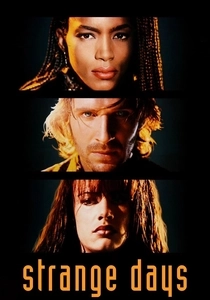
Strange Days (1995)
Description: In a near-future Los Angeles, Lenny Nero deals in illegal memory recordings, which lead him into a conspiracy involving a murdered friend.
Fact: The film was ahead of its time in exploring virtual reality and memory recording technology. It was directed by Kathryn Bigelow, who later won an Oscar for "The Hurt Locker."
 30 Days Free
30 Days Free 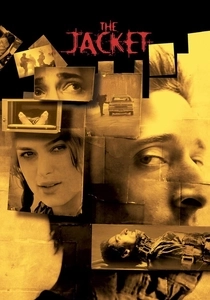
The Jacket (2005)
Description: Jack Starks, a Gulf War veteran, experiences time travel through experimental drug-induced memory loss, trying to change his future.
Fact: The film was shot in Canada and Scotland, with the latter providing the eerie, isolated settings for the asylum scenes.
 30 Days Free
30 Days Free 
